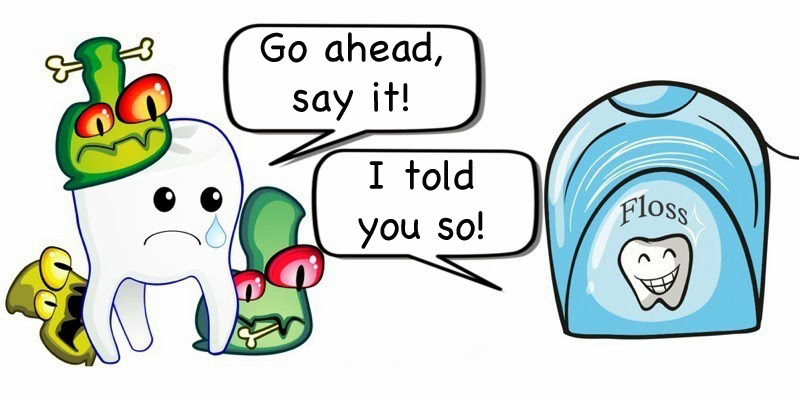January 4, 2021
INTRODUCTION
- Our understanding of the pathogenesis of periodontitis has changed over time with more emphasis on the balance between the biofilm and host response. Chapple 2009: “Periodontitis is more accurately categorised as a non-resolving inflammation that is ineffective in eliminating initiating pathogens”. Van Dyke 2008: “Periodontitis is an inflammatory condition initiated by the oral microbial biofilm.”
- We are now focused more on biofilm disruption rather than plaque removal. We are also paying more attention to host factors/response.
- “The most successful treatments need to attack the integrity of the periodontal biofilm and suppress the destructive host inflammatory response” – Berezow & Darveau 2011.
- We use the inflammation treatment model as opposed to the ‘infection model’.
BIOFILM
- Biofilms, which exist as microbial communities have significant differences in behaviour. For example, bacteria can communicate via quorum sensing, they can trade nutrients and help protect each other.
- These biofilms may be chemically resistant, but they are physically vulnerable.
- A more minimally invasive approach for periodontal therapy is now promoted which aims to disrupt the biofilm.
- There are many studies that support a minimally invasive approach:
- “The intentional removal of cementum during root planing to eliminate endotoxins from the exposed root is not justified” – Nakib et al 1982.
- “…this casts some doubt on the importance of cementum-bound endotoxin in periodontal treatment” – Hughes 1988.
- “Technically simpler subgingival instrumentation may be as effective as root planing….the term ‘root surface debridement’ is suggested for a conservative instrumentation regime of overalapping strokes and light pressure utilised for only a limited time period” – Smart et al 1990.
- Root surface debridement, rather than root planing is now recommended. Root planing = a technique of instrumentation by which the softened cementum is removed and the root surface is made hard and smooth. Root surface debridement = removal of plaque and/or calculus from the root surface without the intentional removal of tooth structure.
- However, this is not scientific justification for leaving calculus behind as calculus harbours biofilm. We are just less focused on aggressively removing calculus now.
More info
11. Clinicians should choose the modality of debridement according to needs and preferences of patient, their personal skills and experience, the logistic setting of the practice and cost effectiveness of the therapy rendered – Sanz & Teughels 2008.
12. Ultrasonics are very helpful when it comes to minimally invasive periodontal therapy. They are gentler, less destructive and more time efficient according to George, Donley & Preshaw 2014.
13. Subgingival cleaning using single tufted brush subgingivally may also be helpful – Page and Rams 2013.
14. Cavitation bubbles have the power to break down the adhesion of plaque biofilm on teeth and can lyse cells on bacterium. The tip shape will make a difference – a wider diameter and rectangular cross sectional will produce more cavitation/streaming. Narrow cylindrical tips produce less. Cavitation occurs more at the tip and the tip will debride the biofilm more if applied vertically to the long axis. A medium power setting is the most effective.
15. Subgingival debridement of periodontal pockets by air polishing can also be a helpful adjunct (Wennstrom et al 2011, Flemmig et al 2012). Powders that are good for subgingival and implant cleaning: glycine, erythritol. Can also be used for supportive care and implant care.
THE HOST
- As well as biofilm disruption, it’s imperative to consider the other side of the balance, which is the host response and what influences that. Factors to consider include: genetics, smoking, stress, diabetes, nutrition, obesity.
- By tackling both the biofilm and host response we aim to restore the balance from from dysbiosis to symbiosis.
The summary was created from a BSP webinar. For more information on events organised by the BSP, please see:http://www.bsperio.org.uk/events/




